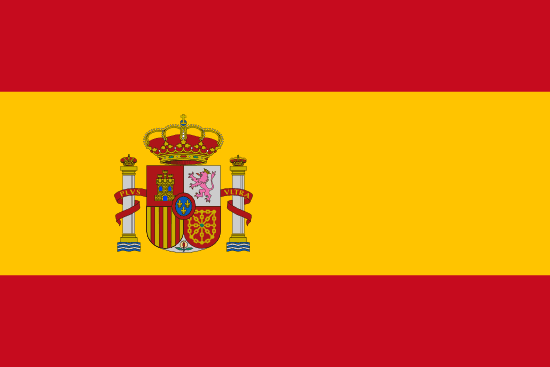"Nulli Expugnabilis Hosti | Conquered by No Enemy"
About:
Gibraltar, a British Overseas Territory located on Spain's south coast, has a rich history dating back to prehistoric times. It was captured by the Moors in 711 AD, then by Spain in 1462. The British gained control in 1704 during the War of Spanish Succession and its sovereignty was confirmed in 1713's Treaty of Utrecht. Despite numerous sieges and disputes, particularly with Spain, Gibraltar remains under British control. Today, it's a key commercial hub and strategic military location.
When to visit:
Gibraltar, a British Overseas Territory located at the southern tip of the Iberian Peninsula, enjoys a Mediterranean climate characterized by mild, wet winters and hot, dry summers. The peak tourist season in Gibraltar typically falls between the months of June and August, when the weather is warm and sunny, making it ideal for exploring the Rock of Gibraltar and enjoying the stunning views of the Mediterranean Sea. However, visitors looking to avoid the crowds and higher prices may consider visiting during the shoulder seasons of spring (April to May) and autumn (September to October), when the weather is still pleasant but with fewer tourists. Ultimately, the best time to visit Gibraltar depends on personal preferences, with each season offering its own unique charm and attractions.
When to avoid:
The worst time to travel to Gibraltar on a holiday is during the summer months of July and August. This period experiences scorching temperatures, often exceeding 30°C (86°F), making outdoor activities uncomfortable for many visitors. The peak tourist season during these months also results in crowded beaches, higher prices, and limited availability of accommodations. To avoid the heat and crowds, it is advisable to plan your visit during the shoulder seasons of spring (April to June) or autumn (September to November) when the weather is milder and the tourist influx is not as overwhelming.
Winter (Dec-Feb)
Gibraltar's wettest season is from November to January. Average temperatures range between 13-17°C (55-63°F). Rainfall is highest in December, averaging around 120mm. Sunlight is limited to approximately 5 hours per day due to increased cloud cover. The weather can be unpredictable with occasional heavy rainstorms, but also dry, sunny spells. An average day for a visitor might involve light showers in the morning, clearing up for some afternoon exploration. It's advisable to carry rain gear and dress in layers to adapt to changing conditions.
"Summer (June-August)"
In Gibraltar, the warmest part of the year is from June to September, during the summer season. The average daily high temperature during this period ranges from 24°C (75°F) to 28°C (82°F), while the nightly lows range from 18°C (64°F) to 21°C (70°F).
Rainfall is minimal during these months, with July and August being the driest months of the year, receiving less than 10mm of rainfall in total. The summer days are long and sunny, with an average of 11 to 12 hours of daylight per day.
Humidity levels can be relatively high, often exceeding 70%, due to Gibraltar's coastal location. However, the presence of the sea breeze helps to moderate the heat and humidity, making it more comfortable.
Cloudiness is generally low during the summer, with clear or mostly clear conditions prevailing on most days. However, the region is subject to occasional episodes of "Levanter" clouds, especially in the early morning, which can bring fog or mist.
A typical day for a visitor during this season would involve warm, sunny weather with clear skies, perfect for outdoor activities such as sightseeing, hiking, or beach-going. The evenings are pleasantly warm, ideal for alfresco dining or strolling along the marina. Despite the high humidity, the sea breeze provides a refreshing respite, making the overall climate quite enjoyable.
Language:
In Gibraltar, English is the official language, used by the government and in schools. However, the majority of locals also speak Llanito, a unique dialect that blends elements of English, Spanish, and other Mediterranean languages. Spanish is also widely spoken due to the territory's proximity to Spain. Other languages such as Portuguese and Arabic can be heard due to a diverse population.




